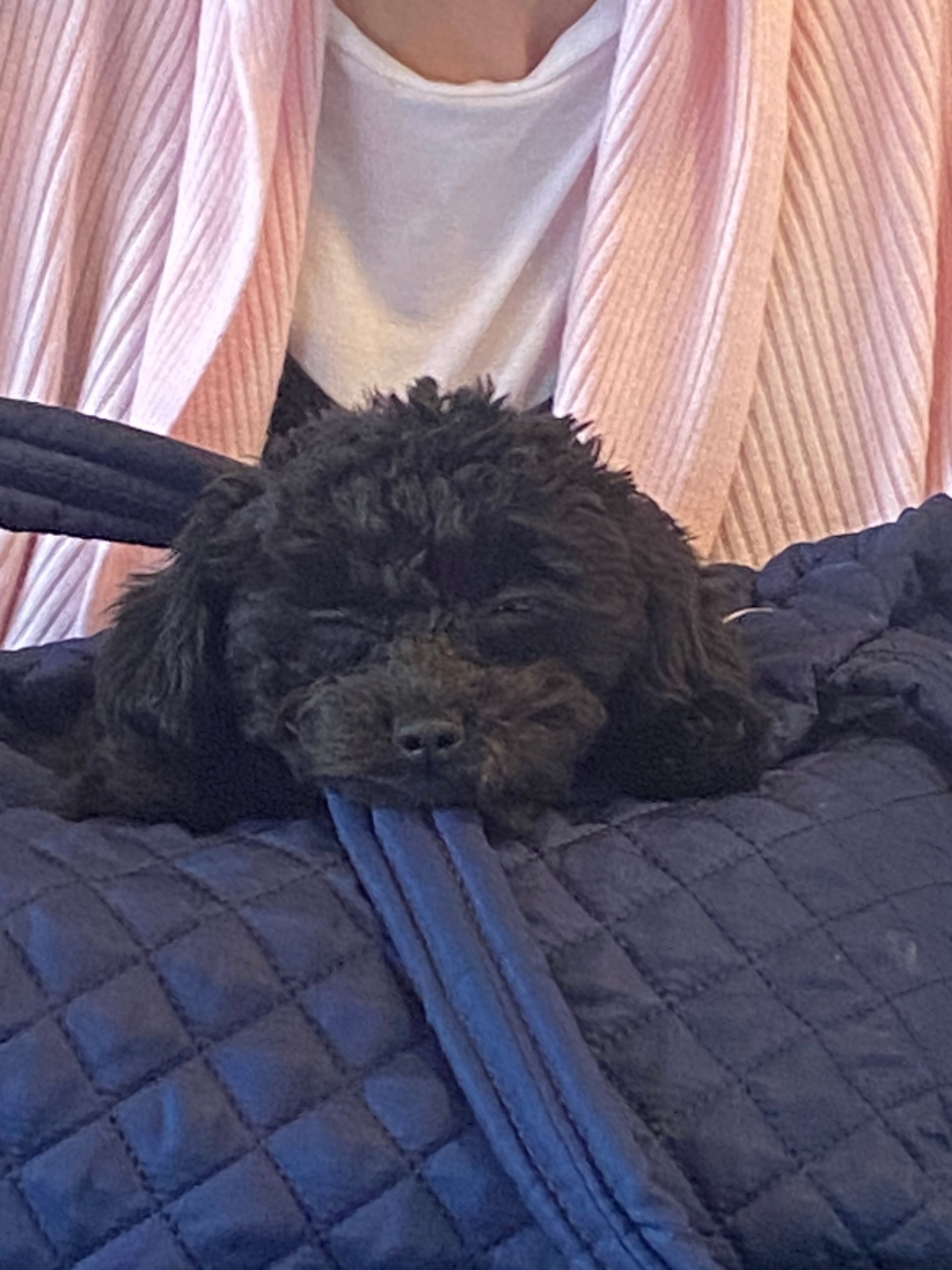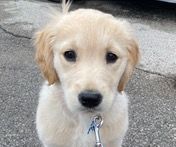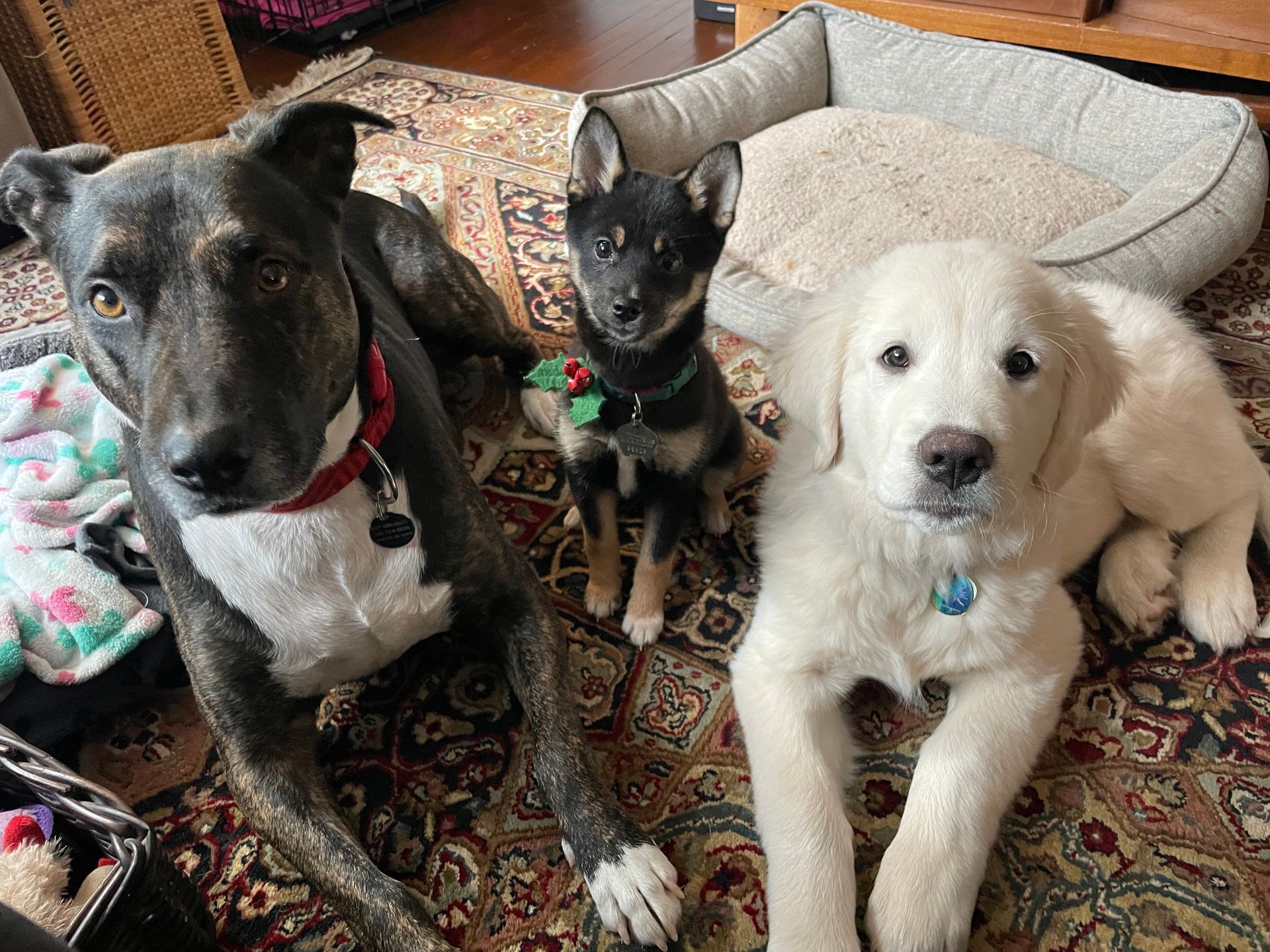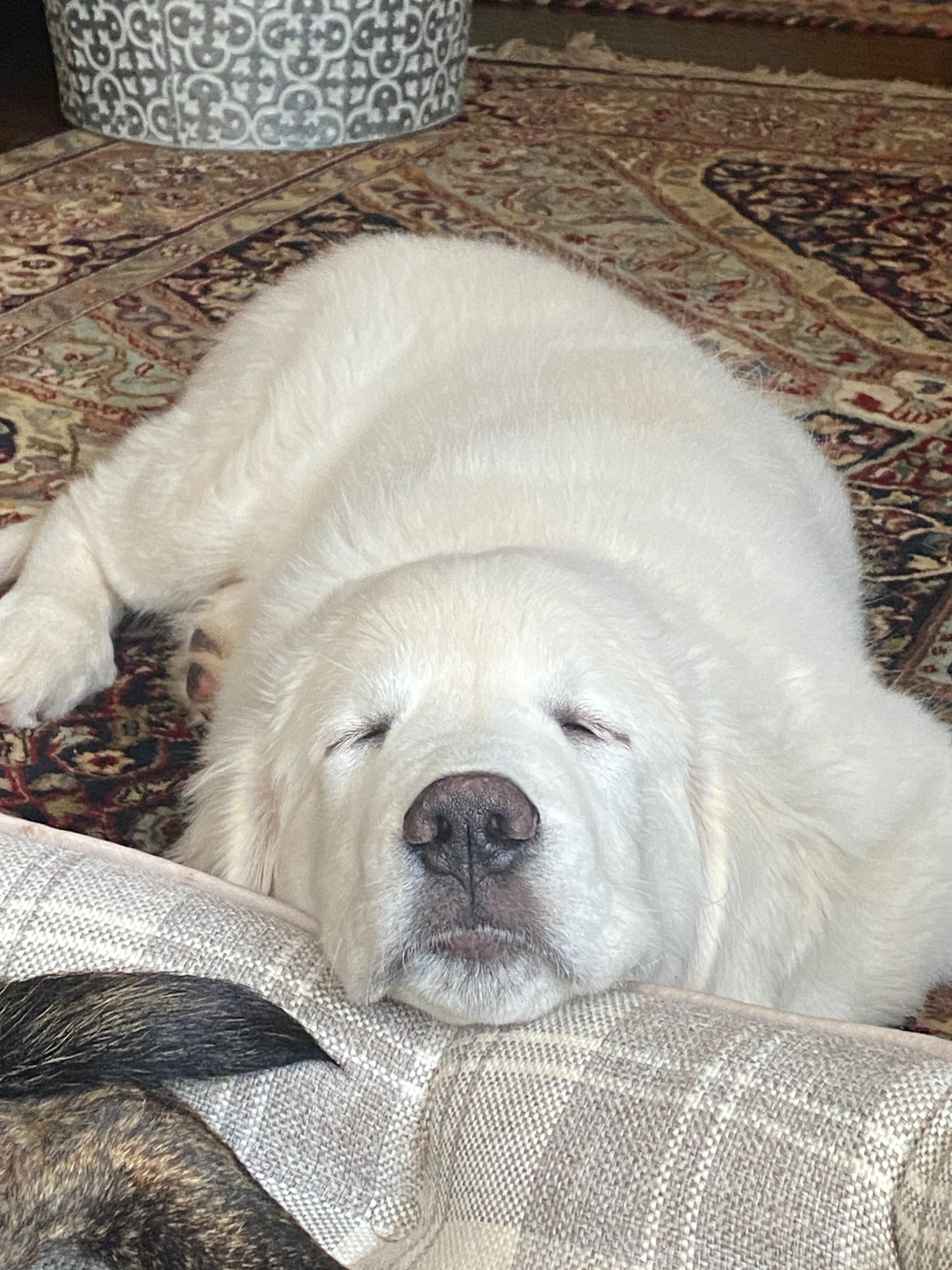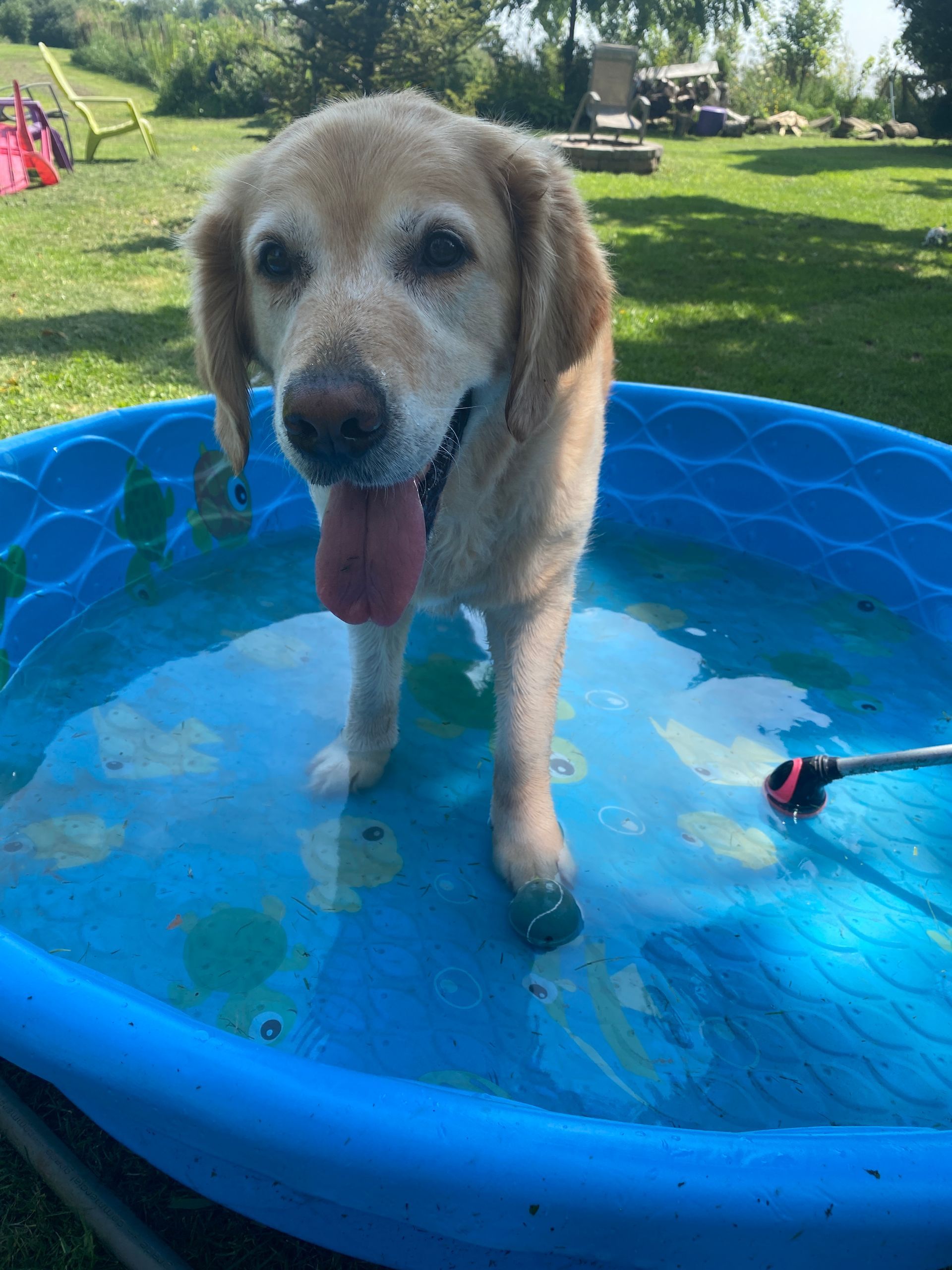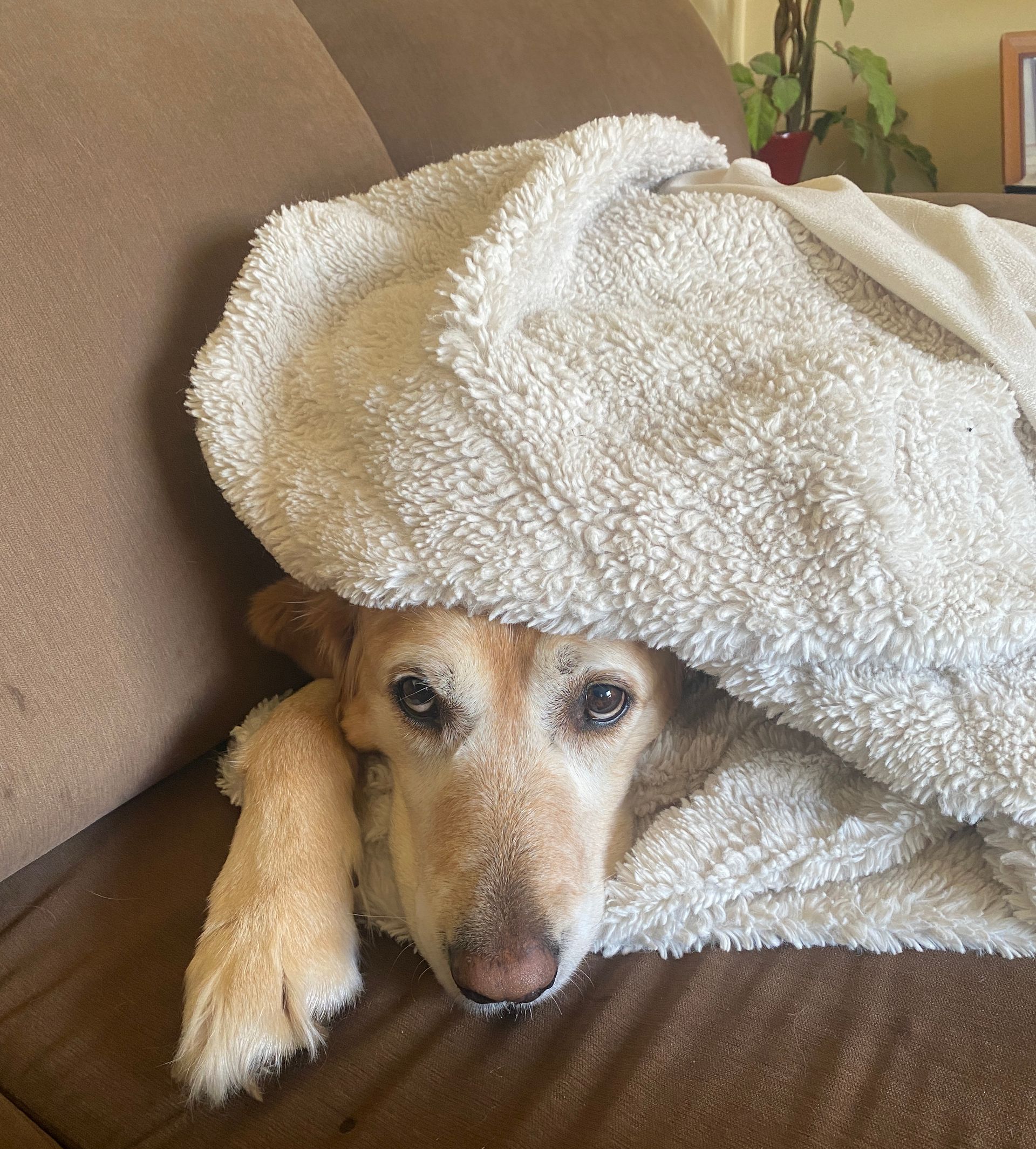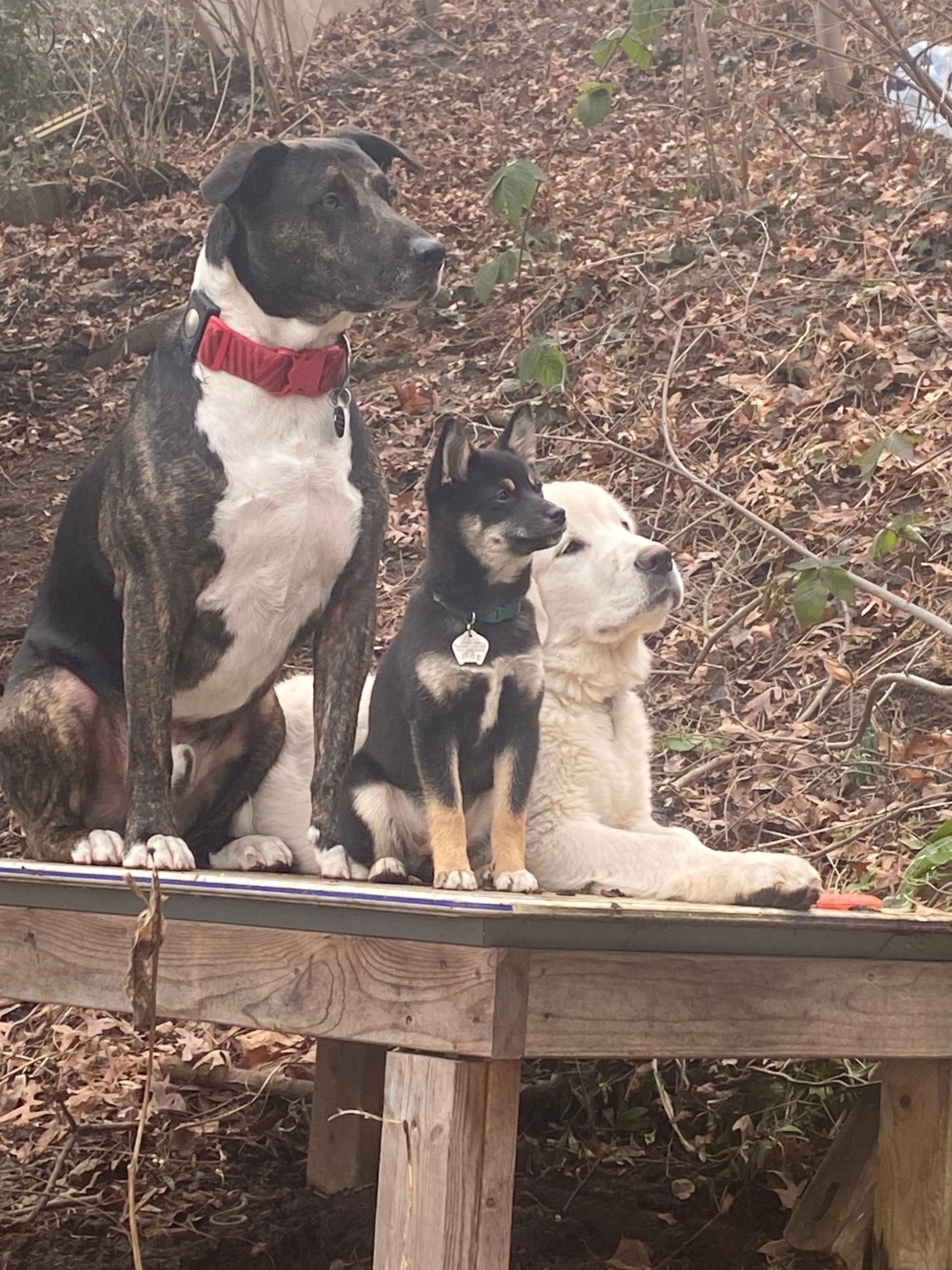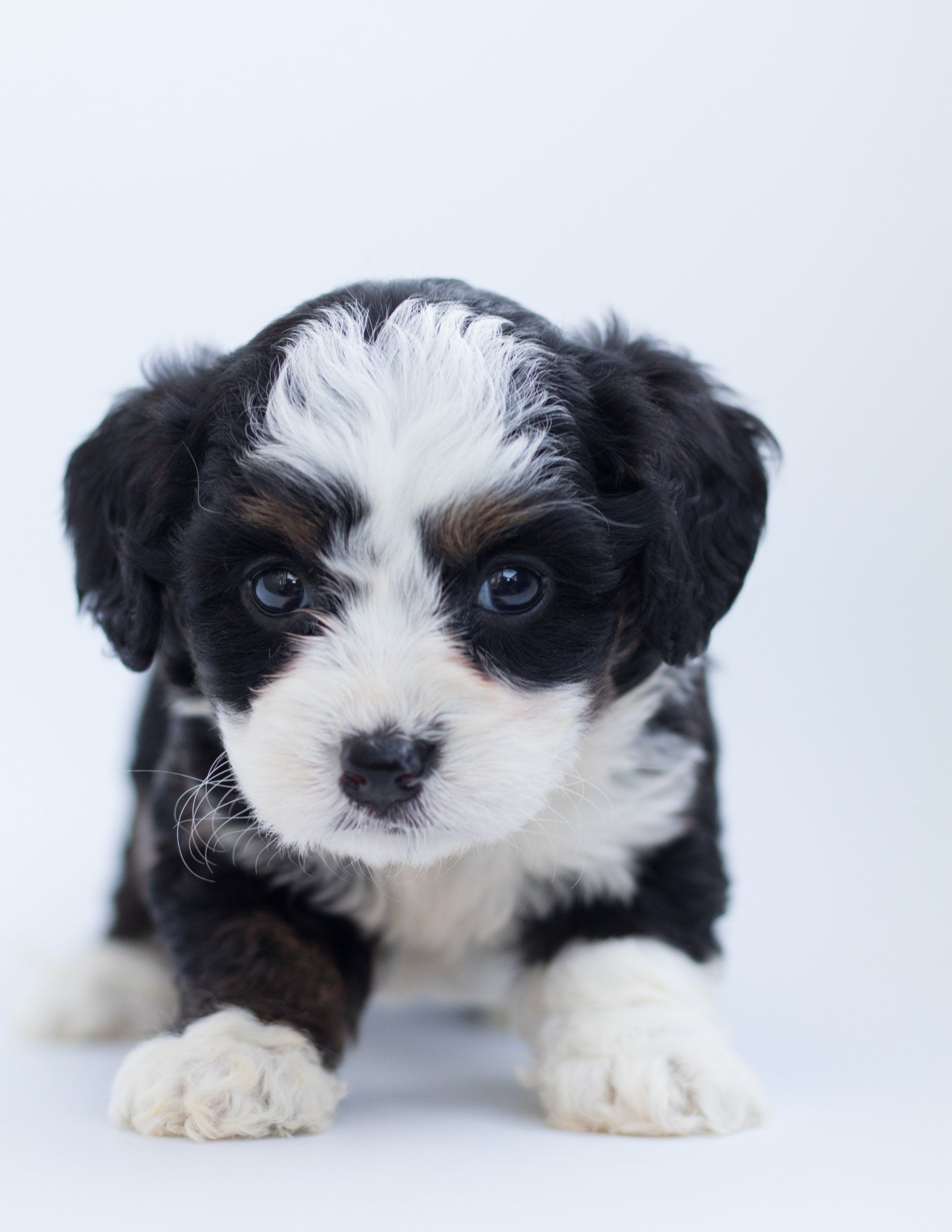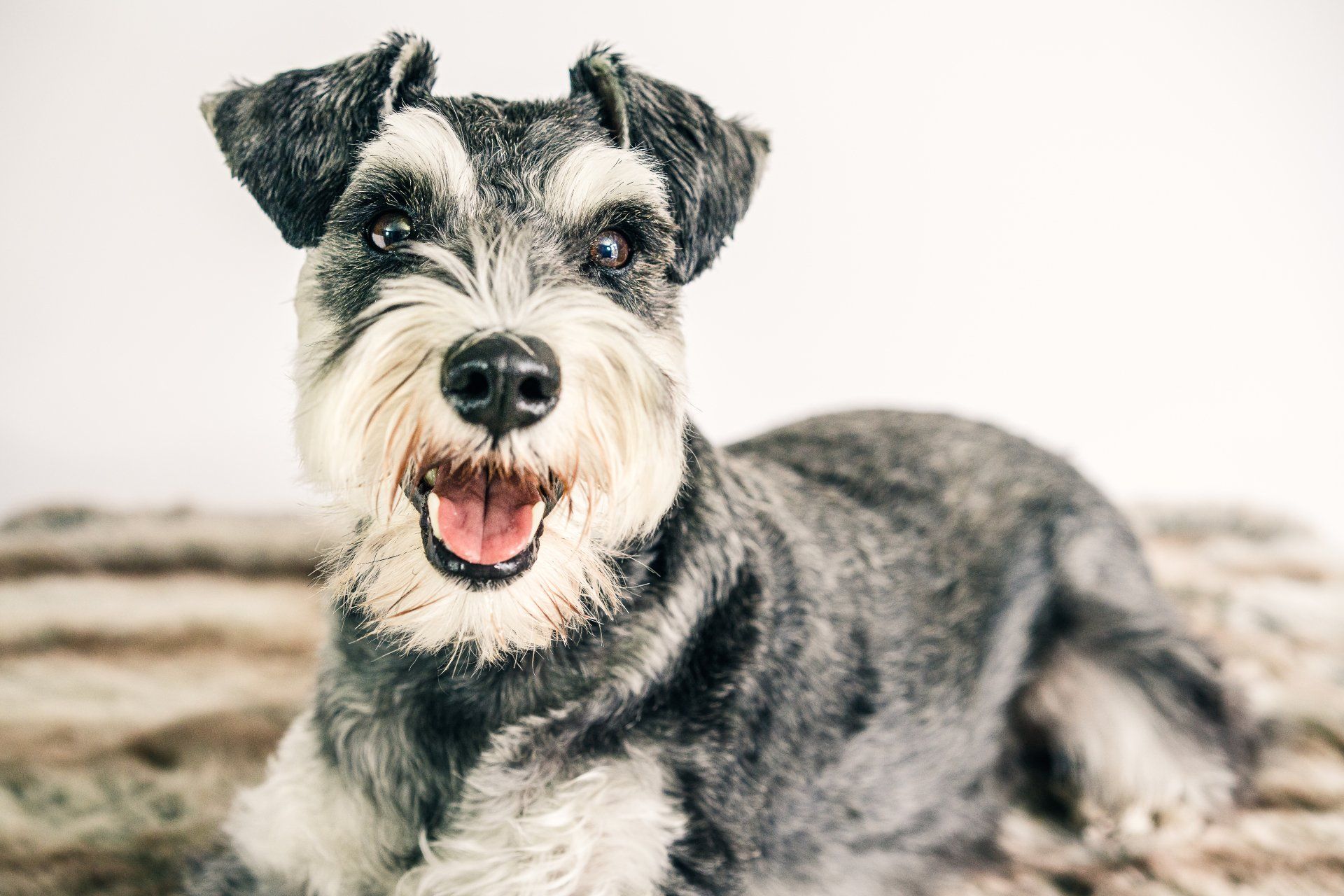Games 4 Dogs
Jumping Up: The Ultimate Guide To Preventing Puppy Jumping
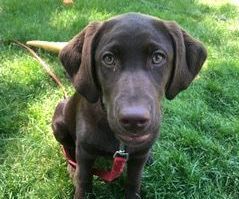
Are you tired of your adorable little puppy constantly jumping up on you and everyone else? Does it seem like innocent behaviour now, but you're worried it could become a nuisance or even a safety concern as your puppy grows? Well, fret no more! It's time to address those jumping up behaviours in your beloved furry friend.
The importance of tackling puppy jumping cannot be stressed enough, as it sets the foundation for a well-behaved and respectful canine companion for life. Not only will you gain control over this impulsive behaviour, but you'll also reap the benefits of a calmer and more obedient puppy.
In this comprehensive guide, we will take you on a journey of understanding and training, while equipping you with the knowledge and techniques to conquer puppy jumping once and for all.
Section 1: Understanding Puppy Jumping Behaviour
Puppy jumping is a common behaviour that can be both adorable and frustrating for dog owners. To effectively address and prevent puppy jumping, it's essential to understand why puppies engage in this behaviour and the various situations in which it occurs.
Why do puppies jump? Puppies jump for several reasons:
- They want to be close to us: Puppies have a natural desire to be close to their human companions. Whether it's when you come home after a long day or simply sitting on the couch, puppies may jump to reach our level and seek physical contact, such as licking our faces or cuddling.
- They want our attention: Puppies crave attention and interaction with their owners. When they jump up, they are trying to grab our attention and elicit a response from us, such as petting, playtime, or verbal engagement. Jumping can be their way of saying, "Look at me!"
- They love climbing: Puppies are curious explorers and climbers. They may jump onto furniture, including sofas or beds, as a way to explore their environment and satisfy their natural instincts to climb and be in elevated spaces.
- They're having lots of extra energy: Extra puppy energy is often characterized by puppy zooming around the house. “Zoomies” refer to bursts of energy and excitement that puppies often experience. During zoomies, puppies are expelling lots of energy doing things like jumping, running, and spinning. Jumping becomes a part of their playful expression and energy release.
Understanding the motivations behind puppy jumping behaviour can help us address it effectively and provide appropriate training and guidance so that bad habits do not develop.
Why is puppy jumping bad?
While puppy jumping may seem harmless or endearing, it can lead to several negative consequences:
- Safety concerns: Jumping puppies can accidentally scratch or knock over children, elderly individuals, or individuals with mobility issues, posing a safety risk. In my dog training practice, I STRONGLY discourage all forms of jumping.
- Reinforcement of unwanted behaviour: If puppy jumping is consistently rewarded with attention or physical contact, it reinforces the behaviour, making it more difficult to eliminate in the future.
- Reinforcement of unwanted jumping in other situations: If a puppy is allowed to jump on certain individuals but not others, it can create confusion and inconsistent expectations, leading to more jumping behaviour in lots of different situations.
- Social discomfort: Not everyone appreciates a jumping puppy. Guests or strangers may feel uncomfortable or anxious around an overly exuberant or persistent jumper.
Recognizing different situations where puppies jump
Puppy jumping behaviour can occur in various situations. It's important to recognize these situations as “HOTSPOTS” so we can better understand and address the issue:
- Greeting behaviour: Puppies may jump when greeting their owners, family members, or visitors as a way to express excitement and seek attention. They may jump up to get closer to your face and receive a warm welcome. Once one person pets or shows acceptance for the jumping, the puppy feels rewarded for jumping and the behaviour is repeated.
- Informative behaviour: Puppies may jump to get a better view or gather information about their surroundings. For example, if they spot something interesting on a table or countertop, they may attempt to jump up to investigate further.
- Playful behaviour: Puppies often incorporate jumping into their playtime. It can be a way for them to initiate play with you or other pets, expressing their high energy and enthusiasm.
- Attention-seeking behaviour: Puppies may jump when they want your attention or want you to engage in a specific activity. They may jump up on you when you're working, watching TV, or engaged in any other activity that diverts their attention.
Section 2: Preventative Measures For Jumping Up
To effectively address puppy jumping behaviour, it's crucial to implement proactive preventative measures. By managing the environment and teaching alternative behaviours, you can discourage jumping and promote more desirable actions. This section will explore various strategies to prevent jumping in common places like furniture, beds, and doors.
How do I stop my puppy from jumping on furniture, beds, doors?
Implement consistent training techniques to stop a puppy from jumping up. Puppies often choose specific locations as their jumping targets. These commonly include furniture such as sofas, chairs, or beds, as well as doors when meeting new people or dogs. By identifying these hotspots, you can focus on implementing practice scenarios and incorporating preventative measures in these areas to discourage jumping.
Importance of proactive prevention
Prevention is key when it comes to addressing puppy jumping behaviour. By taking proactive measures to prevent jumping from occurring in the first place, you can establish clear boundaries and expectations for your puppy. This approach is more effective than attempting to address the behaviour after it gets started or after it has become a habit.
Managing the environment to discourage jumping
One effective way to prevent puppy jumping is by managing the environment to make jumping less appealing or accessible. Here are some strategies you can implement:
- Block access to furniture: Use baby gates or create physical barriers to restrict your puppy's access to furniture, particularly during the training period. This prevents them from practicing jumping behaviour on sofas or beds.
- Provide an alternative space: To stop a puppy from jumping up and biting, redirect their behaviour and reinforce positive alternatives. Set up a comfortable and designated area for your puppy on the floor, such as a dog bed or a mat. Make this space cozy and inviting, with toys and treats nearby to encourage your puppy to choose the floor over furniture.
- Close doors: If your puppy has a tendency to jump on doors when anticipating someone's arrival, keep doors closed or use door stoppers to prevent them from reaching the door and jumping up.
Making the floor a more appealing alternative to the couch
Encouraging your puppy to choose the floor over the couch requires making the floor a more attractive option. Here's how you can achieve that:
- Positive reinforcement: Whenever your puppy chooses to stay on the floor instead of jumping on the couch, reward them with praise, treats, or playtime. This positive reinforcement helps them associate staying on the floor with rewards and encourages the desired behaviour.
- Interactive toys: Provide your puppy with interactive toys, puzzle feeders, or chew toys on the floor to keep them engaged and entertained. This helps divert their attention from jumping on furniture.
Section 3: Five Steps to Stop Puppy Jumping
To stop a puppy from jumping up and biting, we suggest a structured approach that focuses on teaching your puppy alternative behaviours and reinforcing appropriate actions. This section will outline five essential steps to effectively stop puppy jumping.
Step 1: Teach your puppy to keep all four paws on the ground
The first step in stopping puppy jumping is to teach your puppy the importance of keeping all four paws on the ground. Here's how you can achieve this:
- Consistent training: Consistency is key when it comes to training your puppy. Set clear expectations and reinforce the desired behaviour consistently.
- Establish a foundation of basic obedience commands: Employ training techniques and commands to effectively stop your dog from jumping is often an use in my dog training practice. We often help clients use basic obedience commands like "sit," "stay," and "down" to help rectify puppy jumping. These commands provide alternative actions that your puppy can perform instead of jumping.
- Utilize positive reinforcement techniques: Reward your puppy with treats, praise, or playtime when they keep all four paws on the ground. Positive reinforcement helps reinforce the desired behaviour and encourages your puppy to repeat it.
- Practice the "off" cue: Introduce a specific cue, such as "off" or "feet down," to signal your puppy to get off or refrain from jumping. Pair the cue with the desired action and reward your puppy when they respond appropriately.
- Reward good behaviour and progress: Continuously reinforce and reward your puppy for keeping all four paws on the ground. Gradually increase the difficulty by introducing distractions or practicing in different environments.
By consistently implementing these strategies, your puppy will learn that keeping all four paws on the ground is the preferred behaviour when interacting with humans.
Step 2: Avoid eye contact, verbal communication, and petting if your puppy is jumping
When your puppy jumps, it's important to avoid reinforcing the behaviour unintentionally. Follow these guidelines:
- Avoid eye contact: Direct eye contact can inadvertently reinforce jumping behaviour. Instead, avert your gaze and look slightly away from your puppy to communicate that jumping is not acceptable.
- Limit verbal communication: Refrain from talking to or engaging with your puppy when they are jumping. Verbal attention, even if it's in the form of reprimands or commands, can reinforce the behaviour by giving your puppy the attention they seek.
- Withhold petting: As tempting as it may be to pet your puppy when they jump, it's essential to resist the urge. Physical contact can be seen as a reward and reinforce the jumping behaviour.
By withholding attention, both verbal and physical, you communicate to your puppy that jumping will not result in the desired response or interaction.
Step 3: Don't drop your body posture when you approach your pup
Maintaining a consistent body posture is crucial when interacting with your puppy. Here's what you can do:
- Stay upright: When approaching your puppy, maintain an upright posture. Avoid leaning forward or bending down, as this can inadvertently encourage jumping behaviour.
- Turn slightly away: Instead of facing your puppy directly, turn slightly to the side when they approach or jump. This positioning helps discourage jumping by making it more difficult for your puppy to reach your face or upper body.
Consistently practicing these body language techniques helps communicate to your puppy that jumping is not an effective way to engage with you.
Step 4: Keep your puppy on a leash when meeting and greeting people or when guests arrive
Using a leash can be an effective management tool when addressing puppy jumping during greetings. Follow these steps:
- Hold the leash firmly: Attach a leash to your puppy's collar or harness when you anticipate interactions with people or when guests arrive. Hold the leash firmly, ensuring that your puppy is under control and unable to jump.
- Practice controlled introductions: When meeting someone or welcoming guests, keep your puppy on a short leash and maintain control of their movements. This allows you to prevent jumping and redirect their attention to more appropriate behaviours.
- Reward calm behaviour: Encourage your puppy to remain calm and composed by offering treats or praise when they keep all four paws on the ground during greetings. Reinforce this behaviour consistently to establish a positive association between calmness and rewards.
By using a leash during greetings, you can effectively manage your puppy's behaviour and prevent them from jumping on people. This sets the groundwork for teaching appropriate social interactions.
Step 5: Training Visitors and Explaining Techniques
Training visitors on appropriate interactions with your puppy is essential practice because it reinforces the training and discourages jumping. Here's what you can do:
- Educate visitors prior to visit: Inform your visitors about your puppy's training progress and the importance of discouraging jumping. Explain that they should ignore the puppy when they first enter the home.
- Avoid eye contact with puppy: Visitors can help puppy succeed by refraining from greeting, making eye contact, or petting the puppy until they are calm and seated or lying down. Emphasize that this is helping the puppy learn because it teaches the puppy that jumping does not result in attention or affection.
- Greeting and petting: Once the puppy is calm and seated or lying down, instruct visitors to approach and greet the puppy calmly. Advise them to pet the puppy gently and reward them for their calm behaviour.
- Emphasize consistency: Stress the importance of consistency in training to visitors. Request that they follow the same guidelines you've established to avoid confusing the puppy and to reinforce the training efforts consistently.
Section 4: What to Do When Your Puppy Jumps - practice, practice, practice
Understanding the different motivations behind your puppy's jumping behaviour allows you to tailor your response accordingly. Here are the key considerations:
- Is your puppy jumping to greet people? If your puppy jumps to greet people or other animals, focus on redirecting their attention and teaching alternative behaviours like shake a paw, sit, lay down, or go to your mat. Consistently reward the desired behaviour and reinforce it as the appropriate way to greet.
- Is your puppy jumping because they see something they want to investigate? In this case, your puppy can be jumping to inspect the food on the counter, or jumping to see an object in someone’s hand. If this is the case, redirect their attention to more appropriate ways of exploring, like sniffing or using their paws, or remaining seated. Employ obedience commands to effectively stop your dog from jumping. Practice skills like sit, down, and leave it and give your puppy rewards for performing those skills instead. Be certain to provide lots of exercise and mental stimulation through interactive toys and engage them in constructive activities so that they understand that the ground is more exciting and valuable than anything else.
- Jumping for comfort: Puppies may also jump for comfort or because they want to be picked up because they are seeking attention or reassurance. Instead of rewarding jumping, offer comfort through calm verbal reassurance, gentle petting, or comforting toys. Encourage them to engage in relaxing activities, such as settling on a designated mat or bed.
Section 5: FAQs
Common Concerns and Questions
Q: How can I stop my puppy jumping and biting?
A: To address puppy jumping and biting behaviour, follow consistent training methods. Teach your puppy alternative behaviours, such as sitting or offering a paw, to prevent jumping. Use positive reinforcement techniques to discourage biting. Redirect their attention and reward them for calm and appropriate behaviour.
Q: How do I stop a puppy from jumping up and biting?
A: To stop a puppy from jumping up and biting, consistent training is key. Teach them alternative behaviours, reward them for calm behaviour, and redirect their attention when they start to jump or bite. Use positive reinforcement techniques to reinforce the desired behaviours.
Q: How can I stop my puppy from jumping on the sofa?
A: It’s always best to implement consistent training techniques to stop a puppy from jumping up. To prevent puppy jumping on the sofa specifically, we suggest you manage the environment and teach alternative behaviours. Use baby gates or barriers to restrict access to the sofa. Make the floor more appealing with comfortable beds or mats. Teach a settle command and reward your puppy for staying on the designated area.
Q: How do I stop my puppy from jumping on people?
A: Train your puppy not to jump on people by establishing consistent rules. Teach alternative behaviours, such as sitting or offering a paw, and reward them for complying. Instruct visitors to ignore the puppy when they first enter and greet them only when the puppy is calm and seated or lying down.
Q: How can I train my puppy not to jump?
A: To train your puppy not to jump, use consistent commands like "off" or "down" and reward them for complying. Teach alternative behaviours, such as sitting, and reinforce them instead of jumping. Consistency and positive reinforcement are essential in training.
Q: How can I stop my puppy from jumping up?
A: Stop your puppy from jumping up by teaching alternative behaviours and rewarding them for choosing those behaviours instead of jumping. Use consistent commands to redirect them when they start to jump. Ignore jumping behaviour and provide attention and rewards only when all four paws are on the ground.
Q: How can I stop my puppy from jumping on people and biting?
A: Prevent jumping on people and biting by providing consistent training and redirection. Teach alternative behaviours, reward calm behaviour, and redirect their attention when they start to jump or bite. Use positive reinforcement techniques to discourage biting and reinforce the desired behaviours.
Q: How can I stop my dog from jumping?
A: Utilize training techniques to stop your dog from jumping up on people or objects. Stop dog jumping by teaching alternative behaviours, such as sitting or offering a paw, and rewarding them for practicing those behaviours. Use consistent commands like "off" or "down" to redirect jumping behaviour. Reinforce the desired behaviour and provide consistent training.
Q: How do I prevent my dog from jumping on guests?
A: Prevent dog jumping on guests by establishing consistent training and managing their behaviour. Use a leash or designate an area for calm greetings. Teach alternative behaviours, such as sitting, and reward your dog for practicing those behaviours. Instruct guests to ignore jumping behaviour and reinforce the training by following your instructions.

